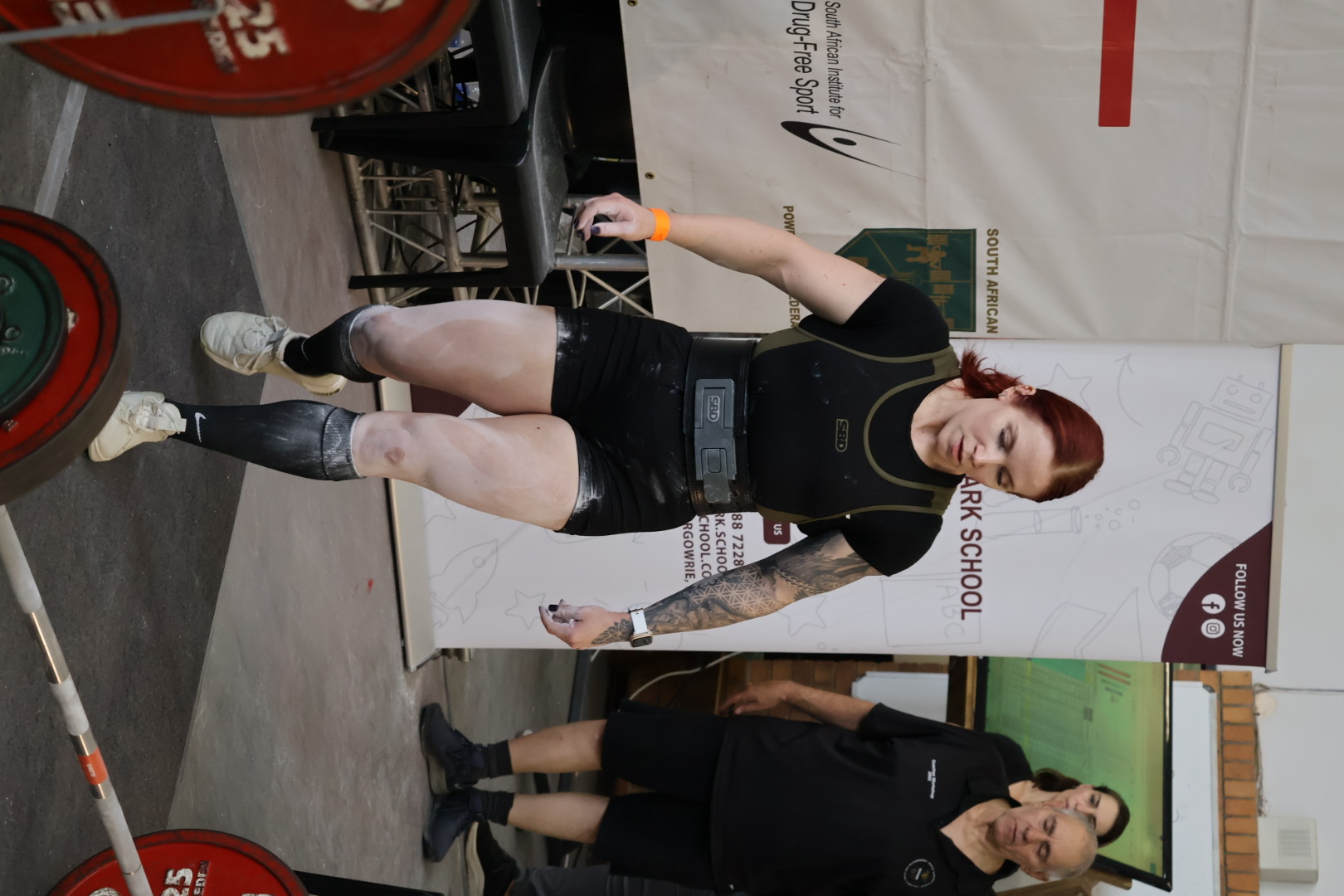CrossFit vs. Traditional Sports: Why Every Young Athlete Should Cross-Train
- Laraleigh Ruzicka

- Apr 1
- 2 min read

Introduction: The Importance of Cross-Training for Young Athletes
Traditional sports like soccer, basketball, and gymnastics offer great skill development, but young athletes often focus too much on a single sport, increasing the risk of burnout and injury. Cross-training with CrossFit provides a well-rounded approach that strengthens the entire body, improves endurance, and builds mental resilience.
What Is Cross-Training?
Cross-training is the practice of engaging in multiple forms of exercise to improve overall athletic performance. Rather than solely focusing on the repetitive movements of a single sport, athletes incorporate different types of training—such as strength training, mobility work, and endurance exercises—to enhance their abilities across multiple areas.
CrossFit vs. Traditional Sports
While traditional sports focus on sport-specific drills and skill development, CrossFit builds strength, agility, and stamina in a way that supports success across all athletic endeavours.
CrossFit programming includes:
Functional Movements: Squats, deadlifts, and presses enhance power and strength for all sports.
Cardiovascular Endurance: High-intensity workouts improve stamina for prolonged performance.
Flexibility & Mobility: Essential for reducing injury risk and improving movement efficiency.
Mental Toughness: The varied challenges in CrossFit build resilience and perseverance.
The Risks of Over-Specialisation in One Sport for Young Athletes
Many young athletes specialise too early in a single sport, leading to:
Increased Injury Risk – Repetitive motion injuries are common in sports like baseball (pitching) and gymnastics (joints & tendons).
Burnout & Loss of Motivation – Playing the same sport year-round can lead to mental fatigue.
Limited Physical Development – Sports-specific training can leave gaps in strength, mobility, and endurance.
How CrossFit Enhances Athletic Performance for Young Athletes
CrossFit provides a foundation of strength and conditioning that translates directly into better performance in any sport. Key benefits include:
Explosive Power & Strength: Olympic weightlifting and resistance training build stronger, faster athletes.
Agility & Speed: Plyometric movements, sprints, and agility drills enhance quickness and reaction time.
Injury Prevention: Balanced training improves movement patterns and joint stability.
Mental Resilience: The high-intensity nature of CrossFit pushes athletes to overcome challenges and develop a winning mindset.
Actionable Steps: How to Incorporate CrossFit Without Overtraining
To maximise benefits while avoiding overtraining, young athletes should:
Train Smart – Incorporate 1–3 CrossFit sessions per week alongside sport-specific training.
Prioritise Recovery – Sleep, hydration, and proper nutrition are essential for performance and growth.
Listen to Their Bodies – If experiencing fatigue or soreness, adjust training intensity.
Balance Strength & Skill Work – Use CrossFit to complement, not replace, sport-specific drills.
Work With Qualified Coaches – A knowledgeable CrossFit coach ensures safe, effective programming tailored to young athletes.
Conclusion: The Long-Term Benefits of a Balanced Approach
CrossFit offers a holistic approach that builds strength, endurance, and resilience, making young athletes more well-rounded and less prone to injury. By integrating CrossFit into their training, kids and teens can enhance their performance in traditional sports while developing lifelong fitness habits.
Encourage your child to embrace a diverse training approach—because the best athletes aren’t just specialists; they are well-rounded, adaptable, and resilient competitors.

Comments